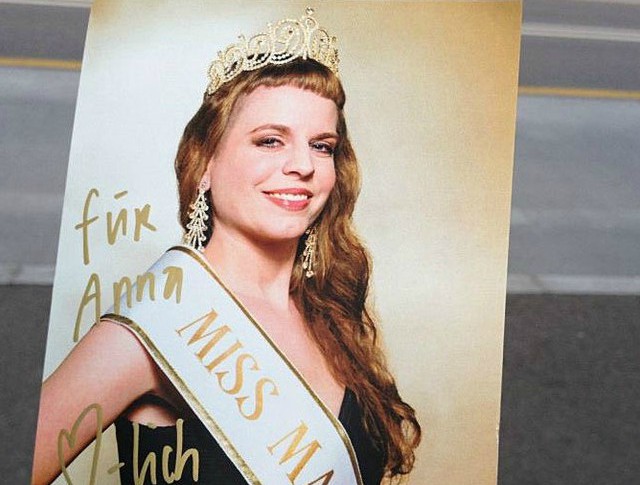That’s what happened to Switzerland’s Carol May recently when her “Unhappy Meal” sculpture was thrown away by cleaners during the hotel-based Harbour Art Fair in Hong Kong.
The work was being displayed in a hotel room converted into an exhibition space along with other pieces by the Swiss art collective a-space.
Like many of May’s pieces, the “Unhappy Meal” sculpture aims to shed a critical light on consumer culture. It resembles the traditional bright red and yellow boxes available at McDonald's restaurants around the world.
But there is a twist: the familiar smiley face has been turned upside down.
“A lot of my pieces involve very small alterations to familiar items: changes that aren’t maybe obvious at first glance,” May told The Local.
Unfortunately, in this case, cleaners at the Hong Kong hotel were also unable to spot the difference and threw away the artwork valued at around 350 francs.
Cleaners quickly rescued the piece from the trash, but it was battered beyond repair.
“Initially I didn’t find it funny at all,” May said. “But later I realised it meant my imitation had been a success.”
Based in Zurich, May has long played with ideas of the divide between reality and appearance. In 2013, she carried out a piece of performance art which saw her pretending to be beauty contestant winner, standing on the street with a sash reading “Miss May.”

Photo: Carol May.
“I am not pretty enough or tall enough to be a ‘Miss’ but it was amazing to see how differently people reacted to me when I gave myself another identity,” she explained to The Local.
Many of May’s works also examine the seductive nature of advertising, which has particular relevance in a place like Zurich which can seem awash with money. “I myself am seduced by advertising all the time. It happens to all of us: we think about what we can have or do. But not everything that glitters is gold.”



 Please whitelist us to continue reading.
Please whitelist us to continue reading.